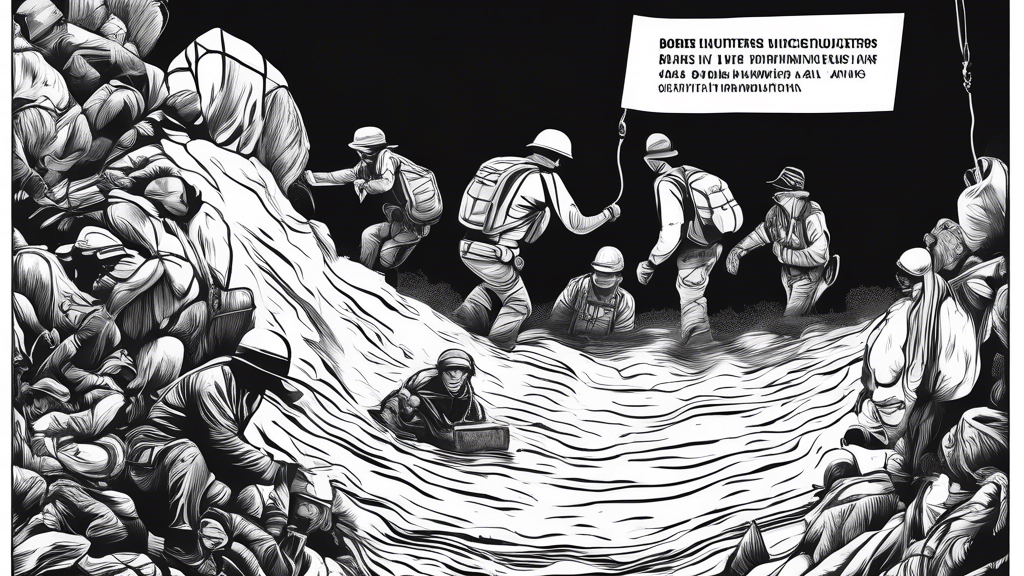
Significant Decline in Border Encounters
The dynamics at the U.S.-Mexico border have shifted dramatically over the course of 2024, with the number of migrant encounters experiencing a steep decline. As of August 2024, encounters had dropped to a mere 58,038 from the towering 249,741 recorded in December 2023. This 77% decrease is indicative of various policy changes and enhanced enforcement measures that have been implemented over recent months.
This decline is largely attributed to stringent policy revisions enacted under the Biden administration. The most influential among these adjustments is Presidential Proclamation 10773, announced in June 2024. This proclamation temporarily restricts the entry of certain noncitizens, critically affecting those who enter the U.S. without legal documentation. The implications of this policy have significantly influenced the number of individuals attempting to cross the southern border.
Revised Asylum Regulations and Consequences
One of the significant changes accompanying the policy revisions is the redefinition of asylum eligibility, particularly for noncitizens who cross the border unlawfully. New stipulations make it considerably more difficult for individuals to claim asylum unless they can present exceptionally compelling circumstances. This change means that most who arrive without documentation will not proceed past the initial screening stage unless they express a credible fear of returning to their home country.
Migrants who fail to establish lawful grounds for staying in the U.S. face immediate removal. This is compounded by a stipulated 5-year bar on re-entry into the United States and potential criminal charges for any subsequent unlawful reentries. These stringent measures are part of the administration’s efforts to manage and control border inflows more effectively.
Regional Cooperation and International Impact
Adding to these domestic efforts, international cooperation, particularly from Mexico, has played a significant role in reducing border traffic. Mexico’s government has increased its enforcement activities, working diligently to intercept and redirect migrants to the southern regions of the country. This coordinated effort is a pivotal factor driving the reduction in numbers of individuals reaching the U.S. border intending to cross.
Moreover, changes have been observed in the Darién Gap, a crucial route used by migrants. Panama has introduced fines for irregular entries, which range from $300 to $5,000, adjusting the financial and legal calculus for migrants contemplating this path. These fines, while adaptable based on individual vulnerability, have helped to dissuade irregular crossings, influencing migration patterns from South America, particularly Venezuelan nationals facing deportation flights.
Technological Solutions and Future Concerns
The Biden administration has continued using technological measures such as the CBP One app to manage asylum applications at the border. Despite facing legal challenges, this digital metering approach persists, enabling the regulation of migrant flows without resorting to previously outlawed practices. While criticized, the app has become a critical tool in managing asylum seeker appointments amid fluctuating border activities.
Looking ahead, potential shifts in policy following the U.S. presidential election could alter the current state of affairs. Speculation is rife that if former President Donald Trump wins, hardline policies like the Remain-in-Mexico program might be reinstated, potentially reversing the recent downward trend in crossings. This possible political shift underscores the fragile balance between current enforcement efforts and future policy changes.
The situation at the U.S.-Mexico border remains a focal point of national concern. With profound political, social, and humanitarian implications, ongoing monitoring and strategic decision-making will remain pivotal in shaping the landscape of U.S. immigration policy in the years to come. The decline in encounters is a testament to the complexity and sensitivity of border management, requiring a nuanced and cooperative approach to maintain and build upon current successes.
